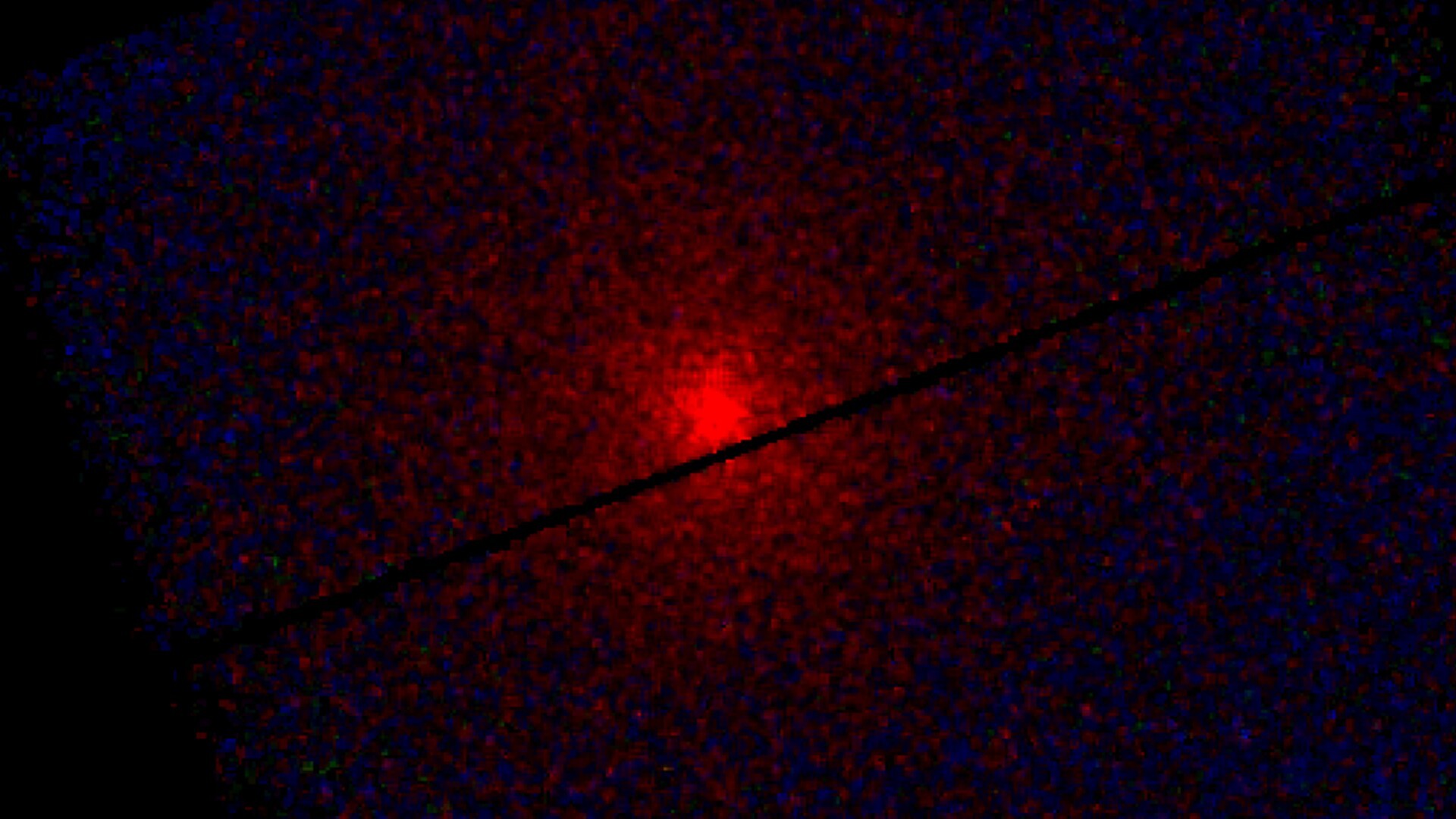We may be in a 'golden age' of sample-return space missions
Space agencies across the world are interested in sampling asteroids, moons and planets.

It is serene and peaceful inside the rooms that house the lunar Apollo samples at NASA's Johnson Space Center (JSC) in Houston. According to Francis McCubbin, the astromaterials curator at JSC, part of the allure is the space-exploration history that fills those rooms. These clumps of moon material were the first pieces to ever be retrieved from a celestial body, and they set the stage for modern astronomy as it goes through a "golden age" of space-sample retrieval.
Whether they were plucked off the moon by an Apollo astronaut's hand, or blasted upwards with a gush of gas off an asteroid's surface by a robot, samples from celestial bodies are special treasures for planetary scientists. Their value lies in their ability to answer questions researchers haven't yet thought to ask and their potential to bolster future scientific breakthroughs, McCubbin said. Working with samples also allows researchers to learn about the composition and age of celestial bodies with great precision, planetary scientist Kathleen Vander Kaaden, project manager at Jacobs Engineering Group Inc. (a NASA contractor), told Space.com.
Samples can tell astronomers if asteroids harbor organic matter that may have led to life on Earth, as well as reveal a fuller sense of the spectrum of material found in the solar system, Ann Nguyen, planetary scientist in JSC's Astromaterials Research and Exploration Science (ARES) division, told Space.com.
Related: Watch Japan's Hayabusa2 land on asteroid Ryugu in this exciting video
Scientists and astronomy enthusiasts will be keeping tabs on Japan's Hayabusa2 spacecraft as it cruises towards Earth today (Dec. 5) to drop off pieces it collected from the diamond-shaped asteroid Ryugu. The Japan Aerospace Exploration Agency (JAXA) named this space rock after the place in a Japanese tale where a hero is given his long-lost history in a box. Similarly, Hayabusa2 carries a parcel that dates back to the solar system's ancient past.
Sample-retrieval missions kicked into high gear this century. NASA's Stardust and Genesis missions collected interplanetary material in the 2000s. The JAXA Hayabusa2 predecessor, Hayabusa, brought samples from asteroid Itokawa to Earth in 2010. JAXA is also working on the future Martian Moon Exploration (MMX) sample-return mission to the Martian moon Phobos.

Hayabusa2 isn't the only mission of its kind currently active. NASA's OSIRIS-REx mission rendezvoused with asteroid Bennu in October 2020. (JAXA and NASA have an agreement to exchange a portion of their asteroid samples with the other agency, McCubbin said.) China's lunar-sampling Chang'e 5 mission is currently on its way back to Earth, and China launched its mission to Mars, Tianwen-1, last summer. Future sample-return missions in-the-works include Russia's Lunar-25 mission, which is scheduled to launch to the moon in 2021.
Breaking space news, the latest updates on rocket launches, skywatching events and more!
"I cannot emphasize enough how valuable return samples are for increasing our understanding of the origin and evolution of our solar system and our place in the universe, and how we came to be," Nguyen wrote.
Nguyen used one of the earliest sample-retrieval missions to show the value of sample collection.
"NASA's Stardust mission returned material from the tail of Comet 81P/Wild 2 … A completely unexpected discovery was that the comet actually contains a lot of material that formed in the inner solar system … [therefore] these materials had to be transported very large distances from the hot inner solar system to the cold outer regions of the solar system," Nguyen told Space.com in an email

"This finding could not have been made by remote observations. By studying the smallest, individual components of the comet, we can make inferences about large-scale solar system processes," Nguyen said.
Both McCubbin and Vander Kaaden think that astronomers are in the middle of a "golden age" for sample-retrieval missions. "Over the next 10 years, we'll probably be bringing back more samples from more places than we have in the last 50 [years]," said McCubbin.
Correction: A previous version of this article incorrectly identified Kathleen Vander Kaaden as a planetary scientist at LPI. Vander Kaaden was a postdoctoral researcher at LPI in 2016-2017 and now works as a project manager at Jacobs Engineering Group Inc.
Follow Doris Elin Urrutia on Twitter @salazar_elin. Follow us on Twitter @Spacedotcom and on Facebook.

Doris is a science journalist and Space.com contributor. She received a B.A. in Sociology and Communications at Fordham University in New York City. Her first work was published in collaboration with London Mining Network, where her love of science writing was born. Her passion for astronomy started as a kid when she helped her sister build a model solar system in the Bronx. She got her first shot at astronomy writing as a Space.com editorial intern and continues to write about all things cosmic for the website. Doris has also written about microscopic plant life for Scientific American’s website and about whale calls for their print magazine. She has also written about ancient humans for Inverse, with stories ranging from how to recreate Pompeii’s cuisine to how to map the Polynesian expansion through genomics. She currently shares her home with two rabbits. Follow her on twitter at @salazar_elin.
